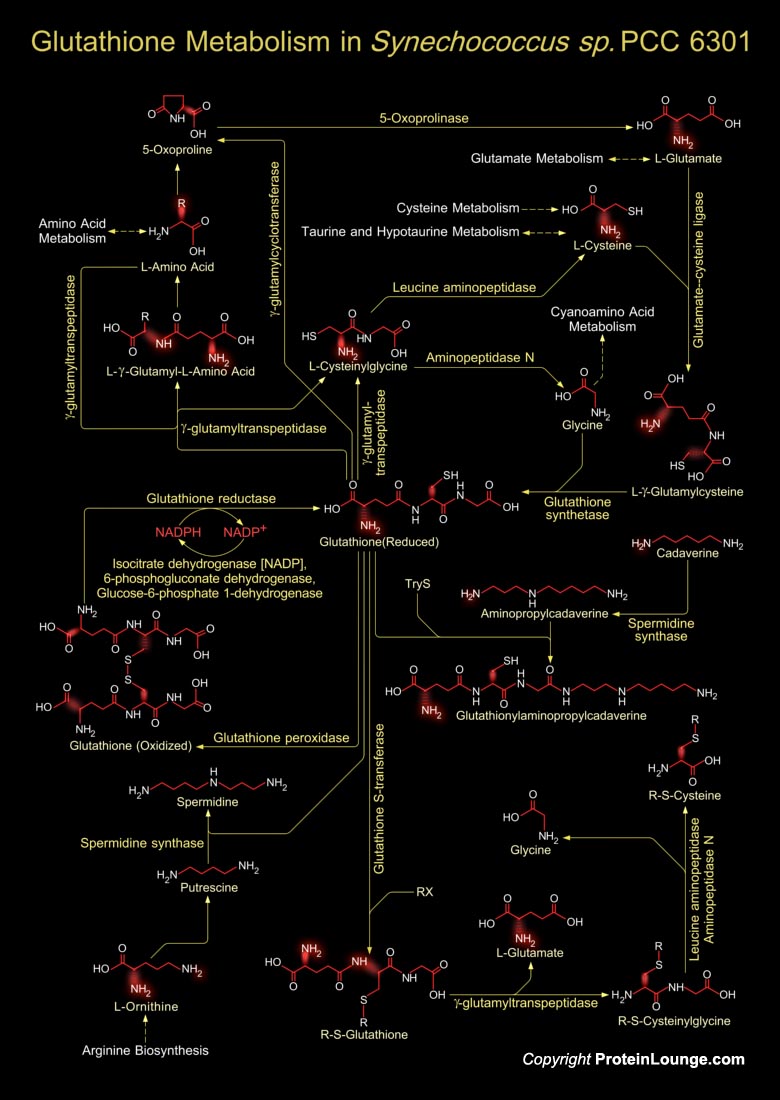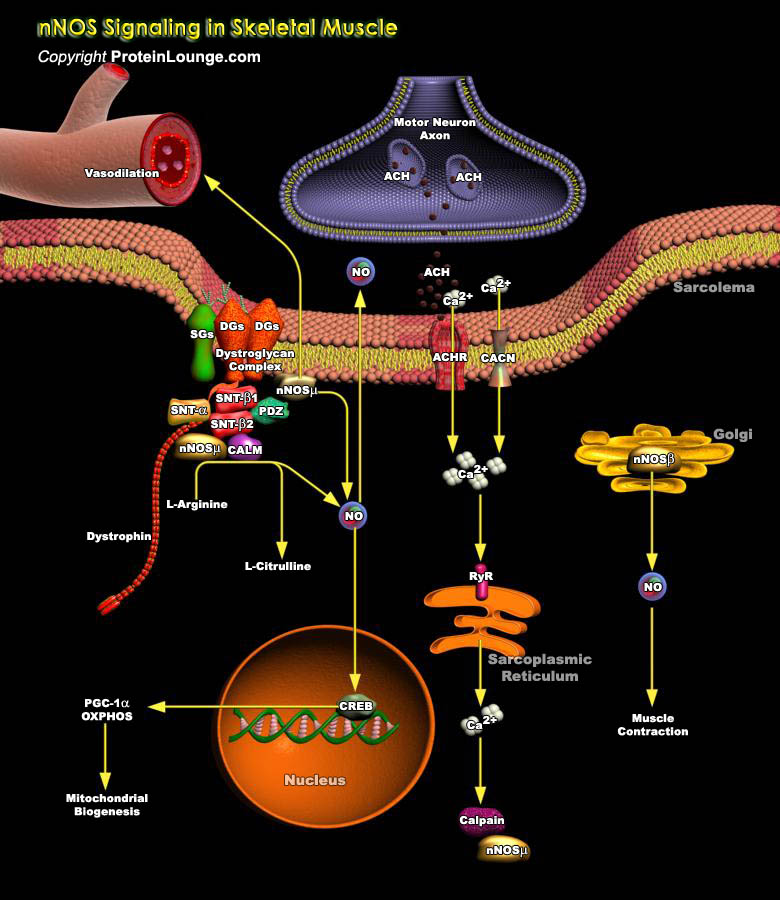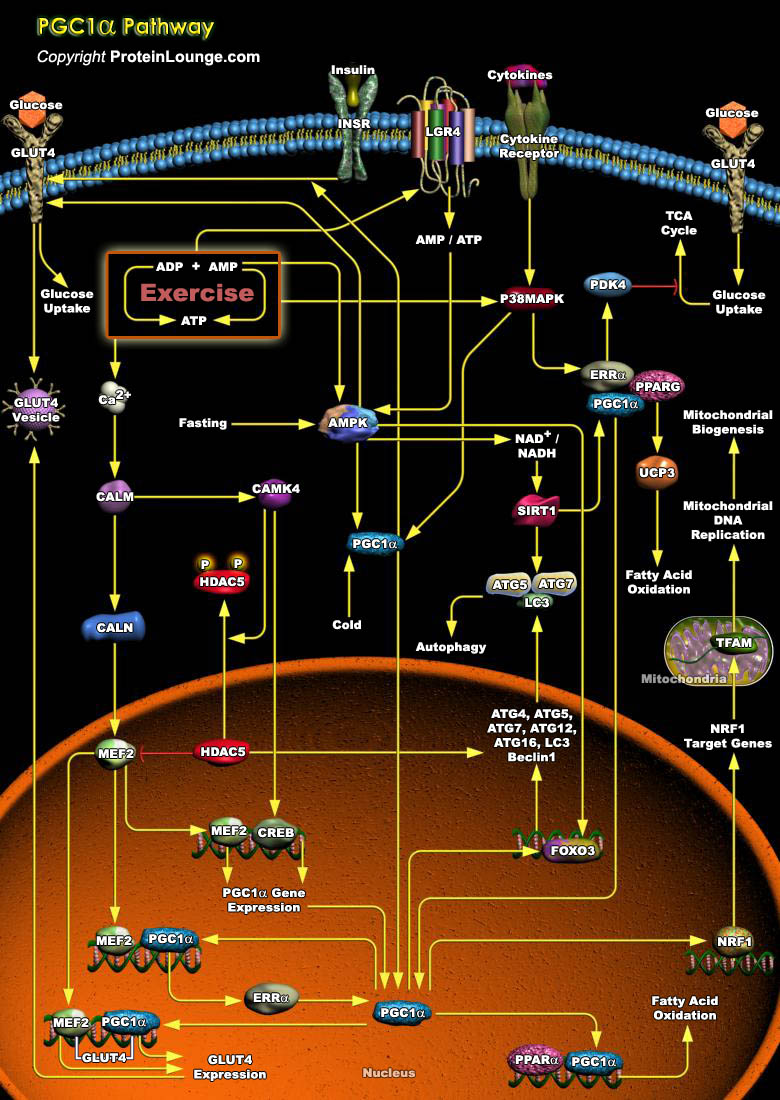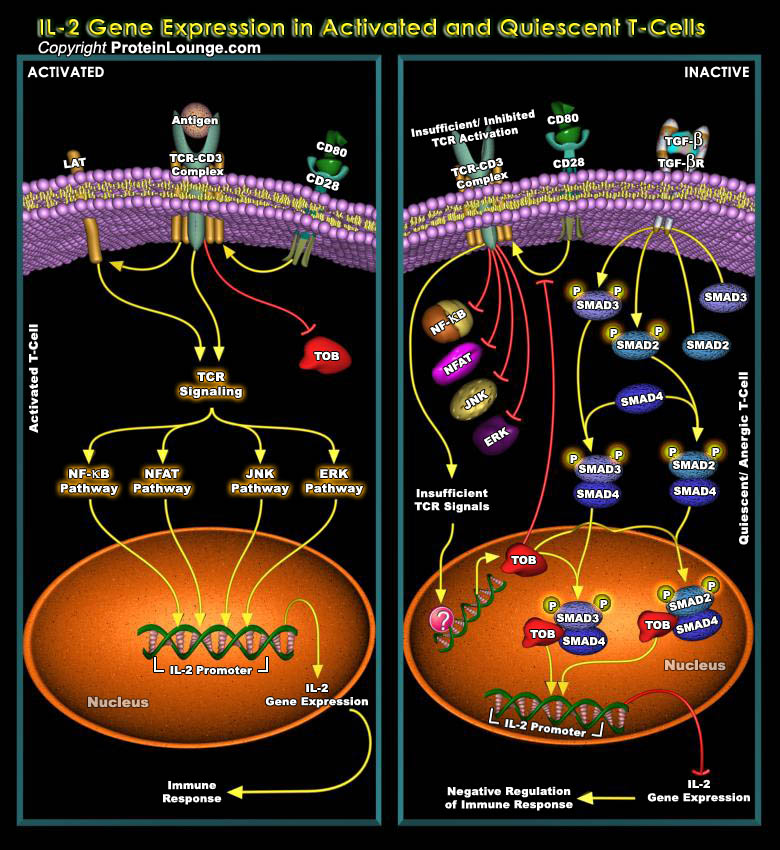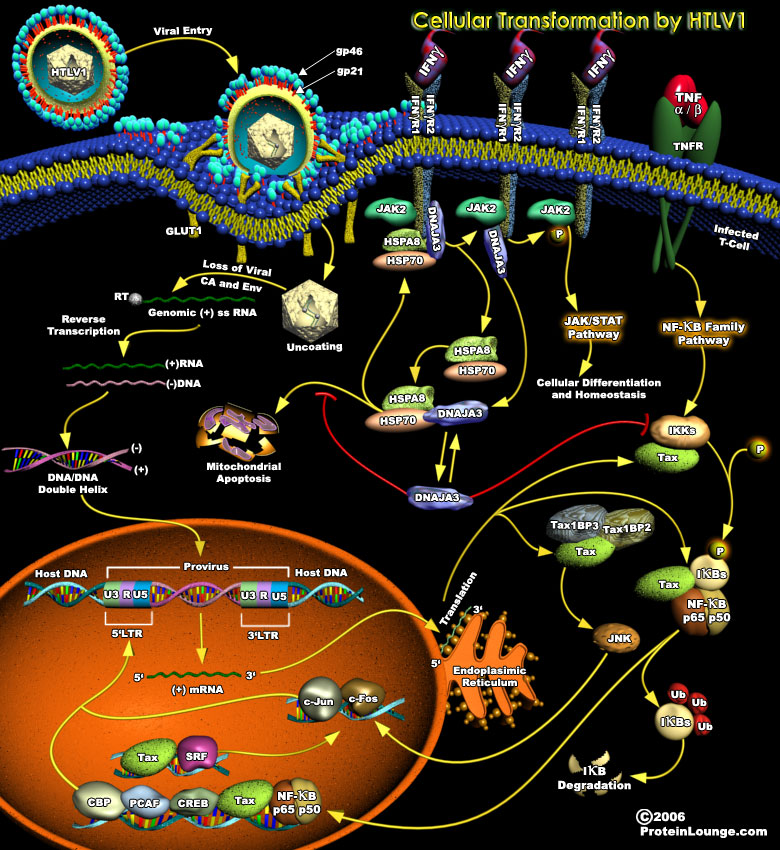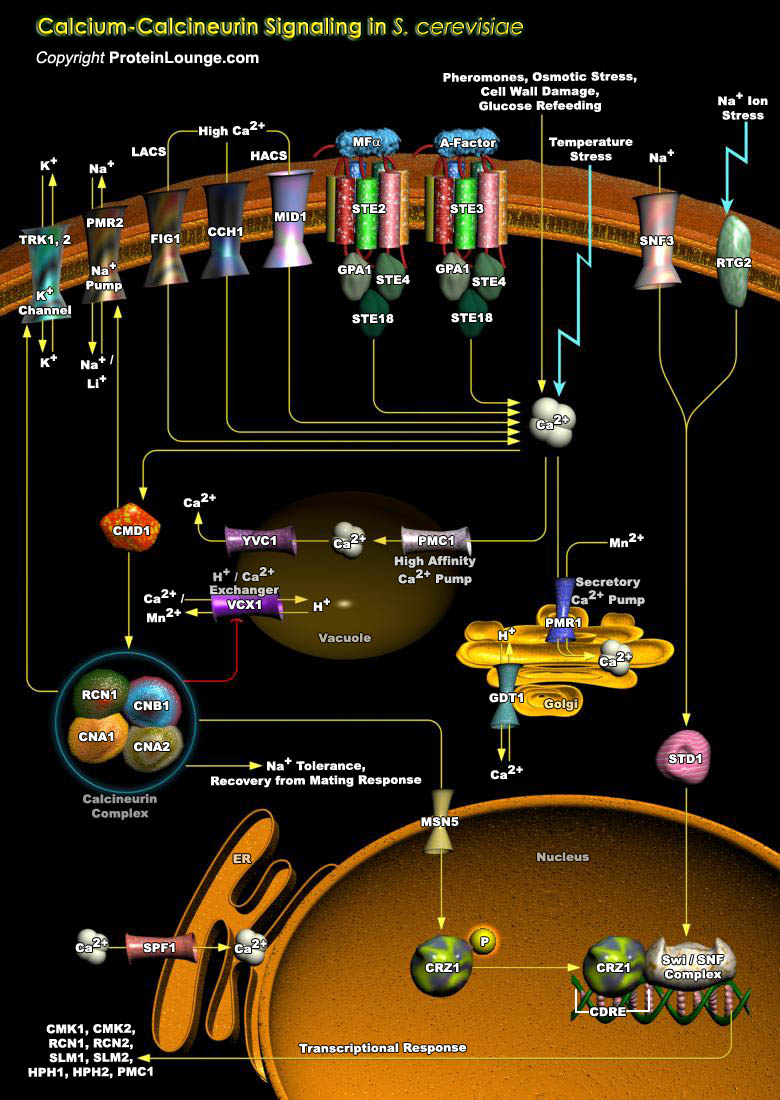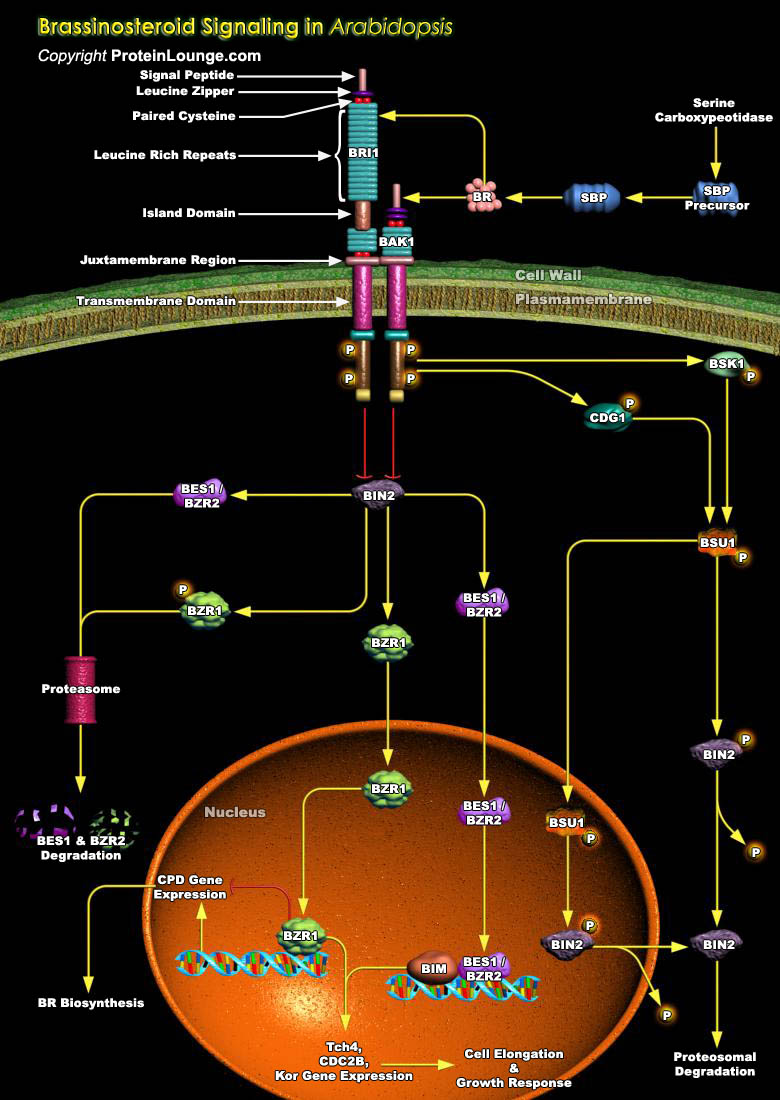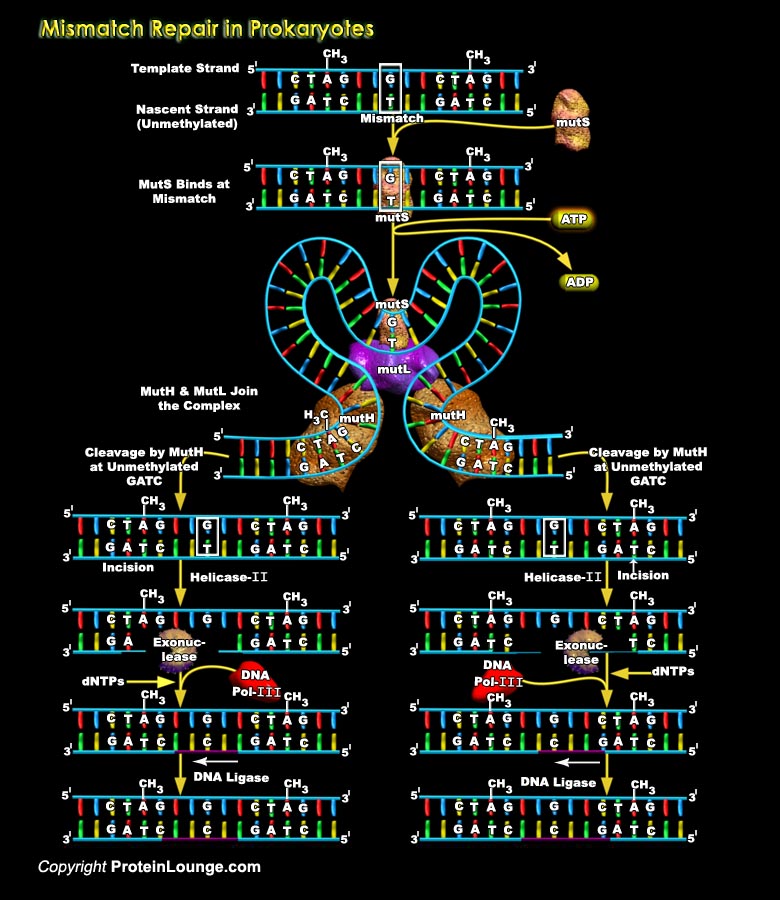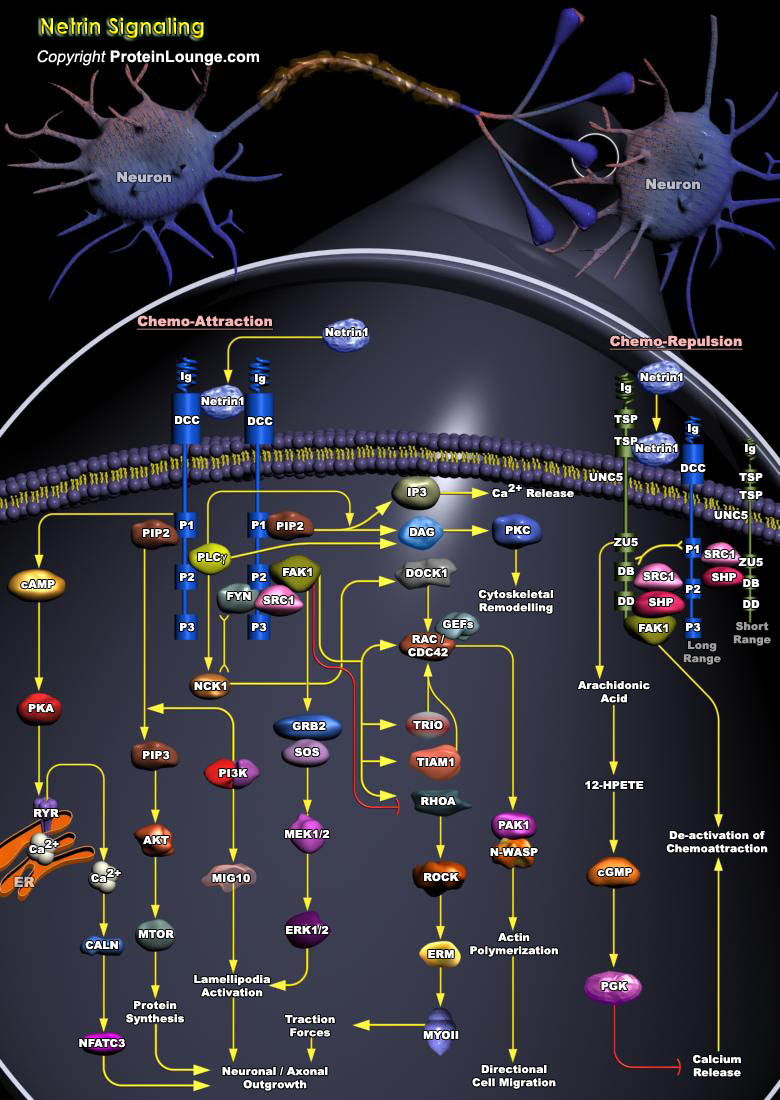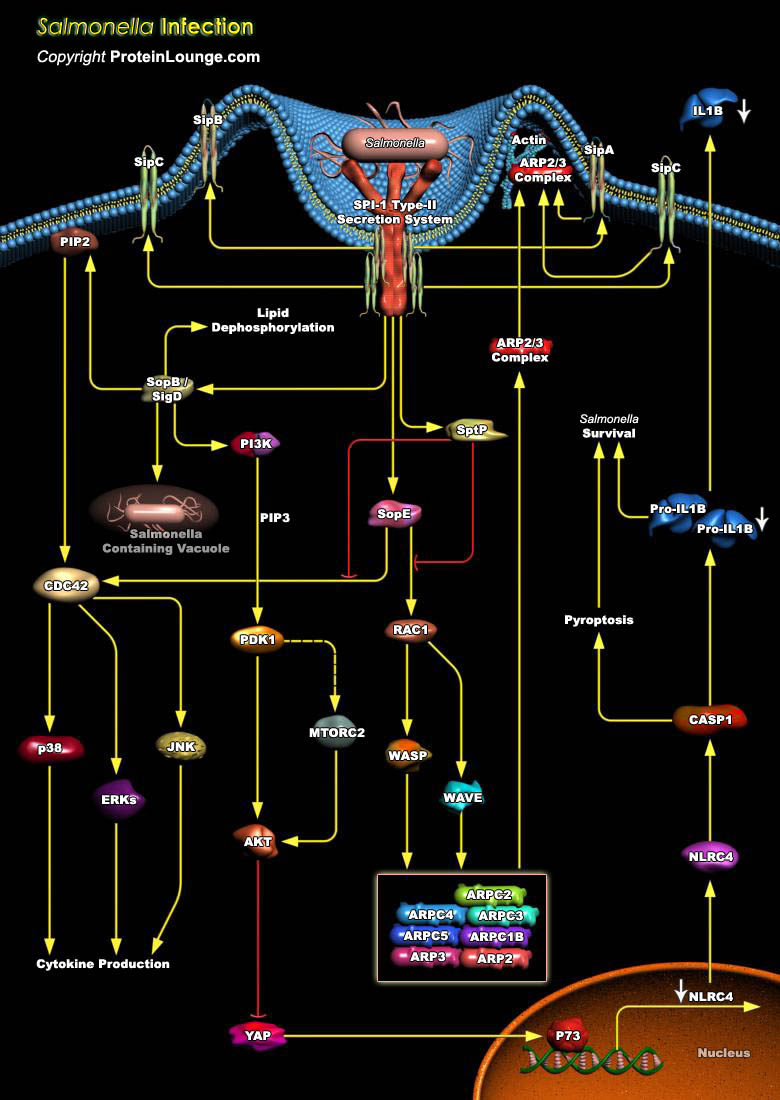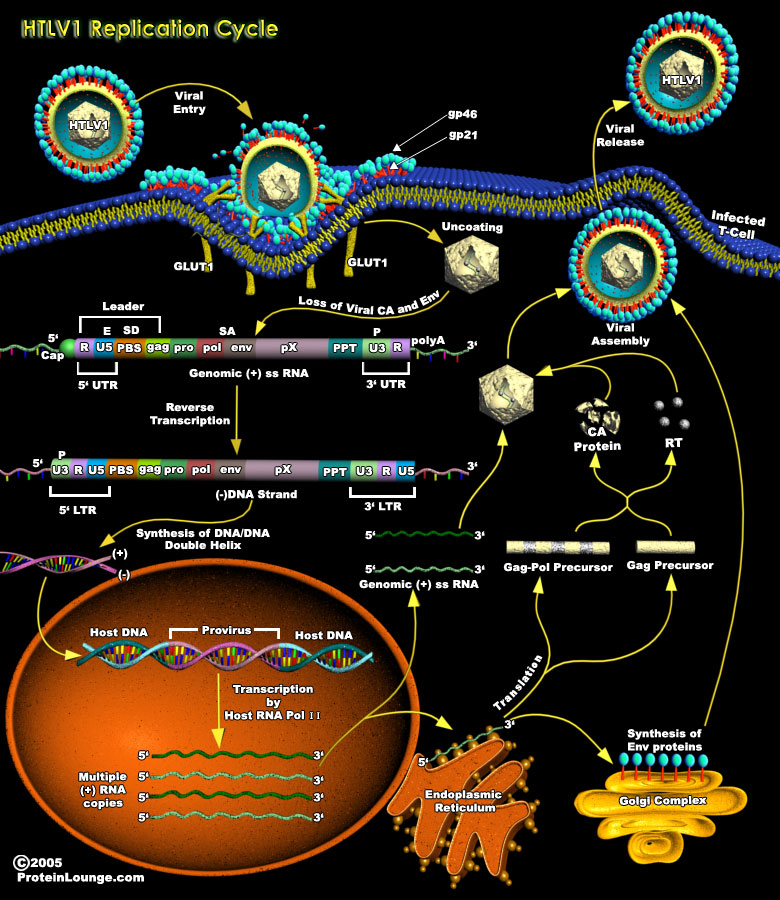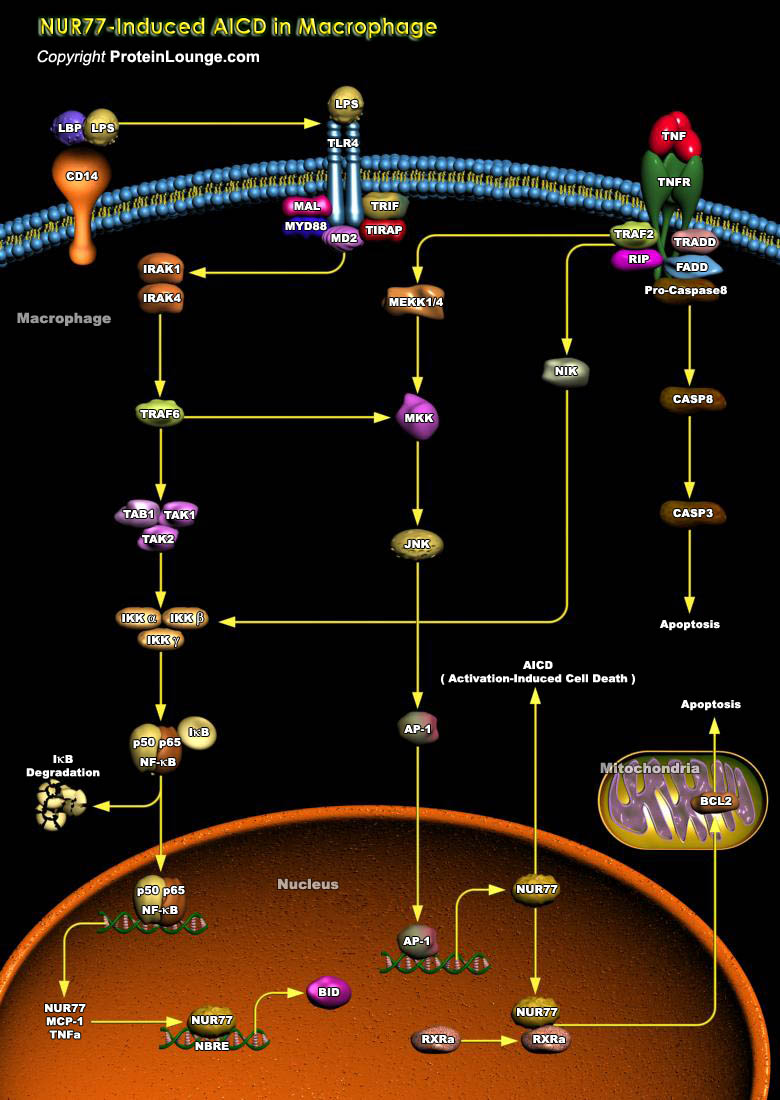Featured Pathways
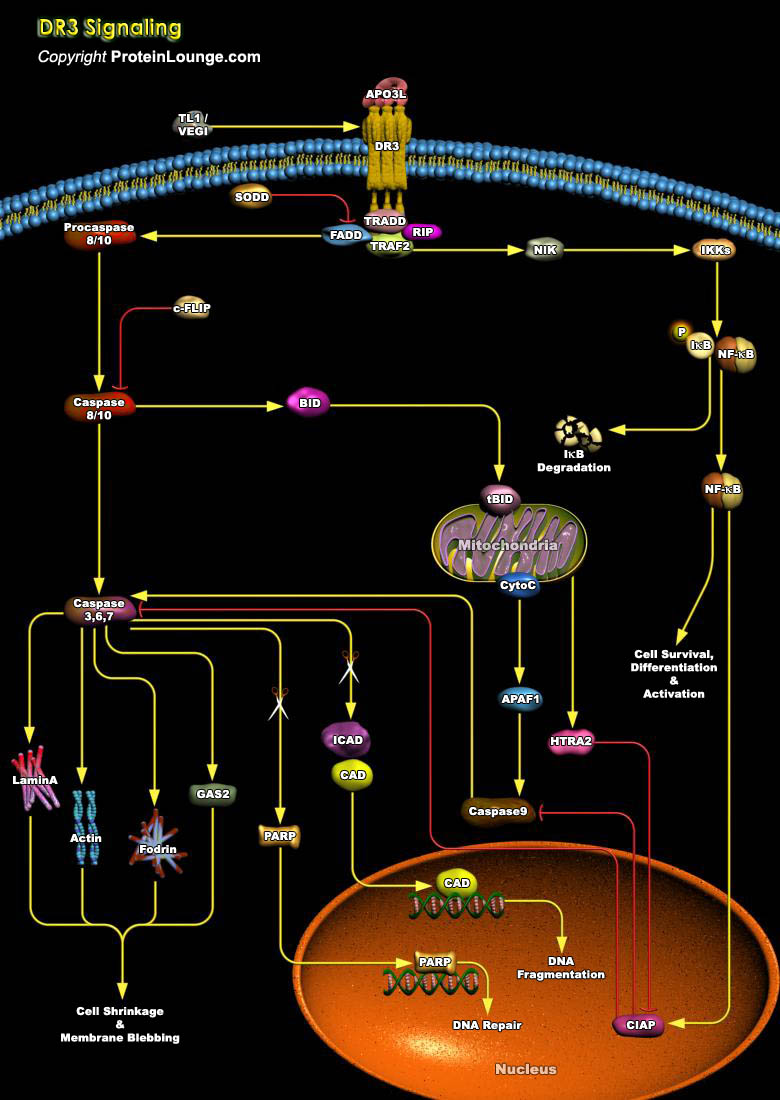
The TNFR (Tumor Necrosis Factor Receptor) superfamily comprises a growing family of type I membrane bound glycoproteins, which interact with the TNF family of soluble mediators and type II transmembrane proteins. At least 23 TNFR superfamily members and 17 known ligands have been identified in mammals. These receptors trigger pleiotropic responses, ranging from apoptosis and differentiation to[..]
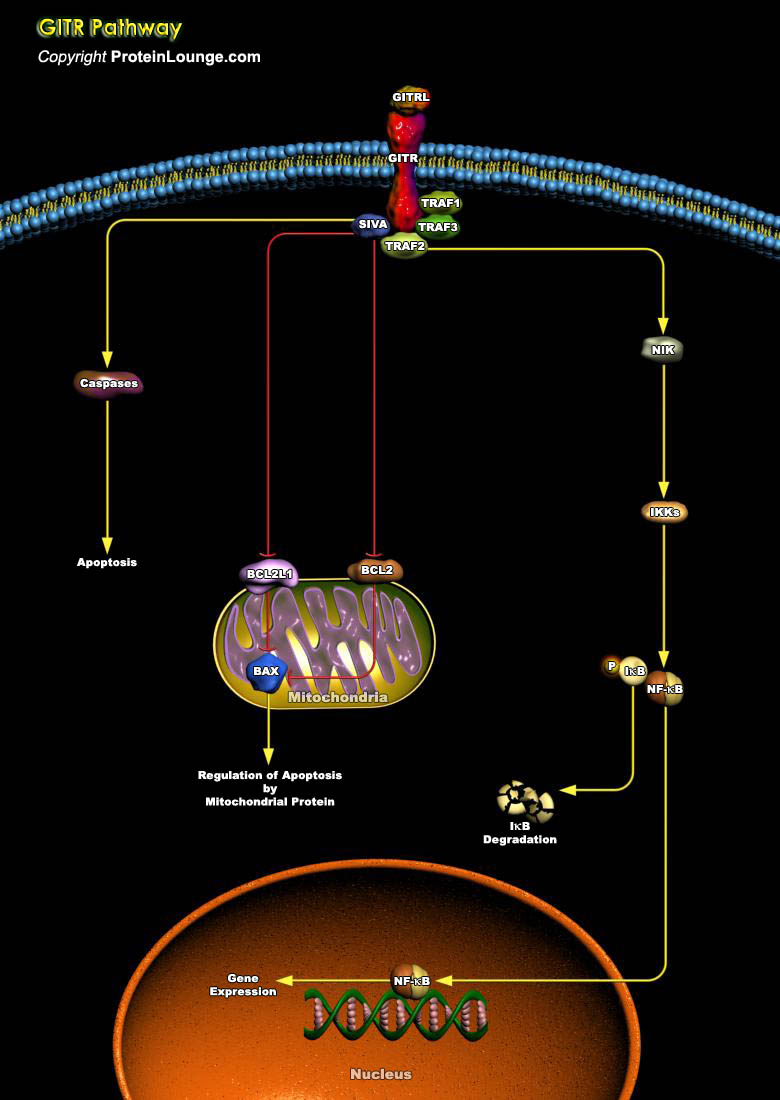
GITR (Glucocorticoid-Induced TNFR Family-Related) also termed AITR (Activation-Inducible TNFR Family Receptor) is a member of the TNFRSF18 (TNF Receptor Superfamily 18). It is a 228-amino acids type I transmembrane protein that is suggested to be a close relative of 4-1BB and CD27. Inducible during T-Cell activation, the molecule has a 19 amino acid residue signal sequence, a 134 amino acid[..]
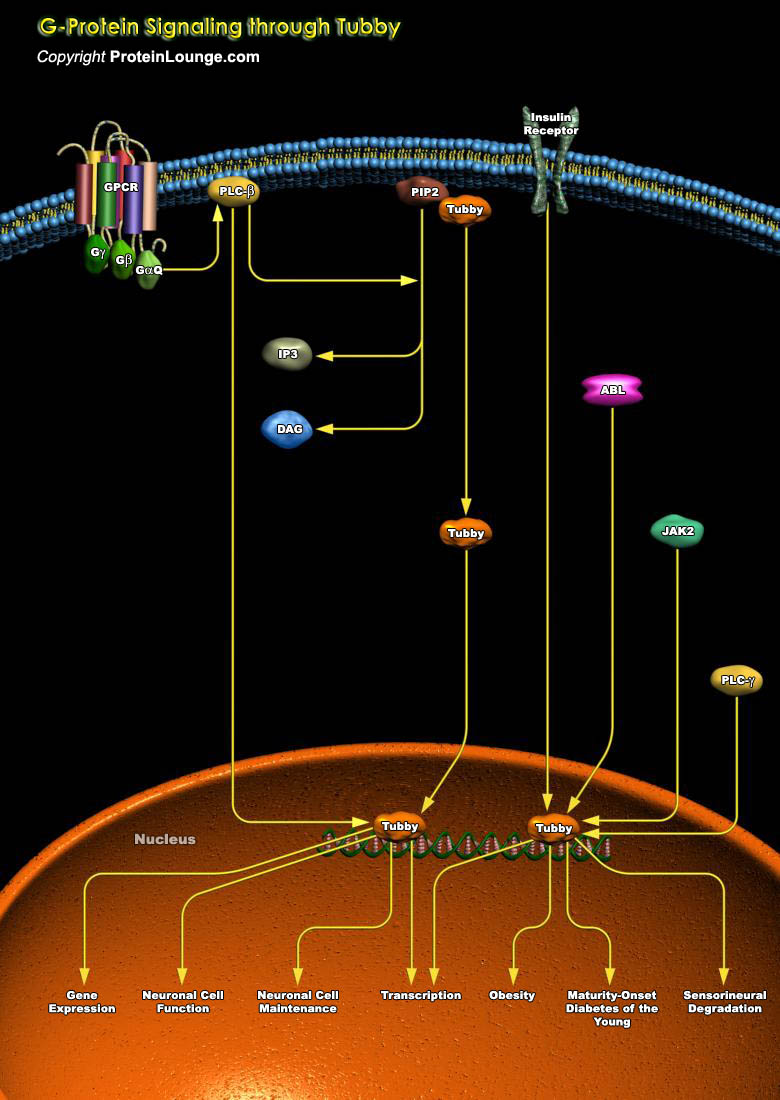
The Tubby protein is the founding member of a multigene protein family that plays an important role in maintenance and function of neuronal cells during development and post-differentiation. Currently, four Tubby gene family members (TUB, TULP1, TULP2 and TULP3) have been identified, which are conserved among different species of mammals (Ref.1). Besides, Tubby-like proteins are also found in[..]
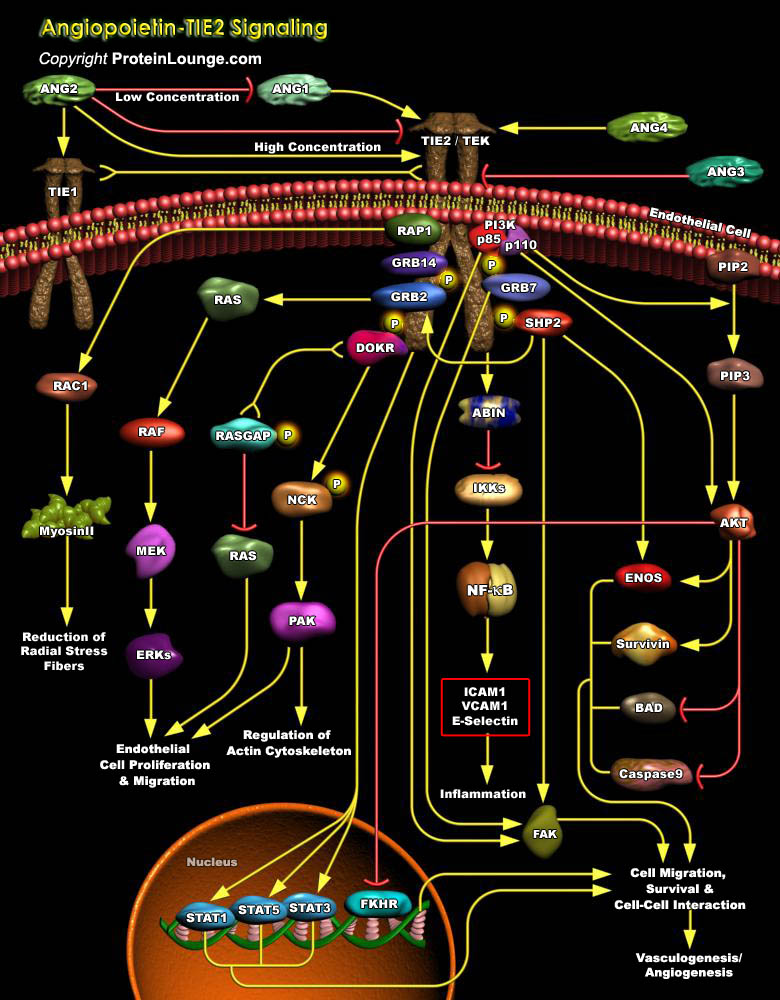
Development of a functional cardiovascular system is dependent on the regulated proliferation, migration, and differentiation of endothelial cells in two discrete processes known as vasculogenesis and angiogenesis. Angiogenesis is the formation of new capillaries from pre-existing vessels, whereas vasculogenesis is de-novo capillary formation from EPCs (Endothelial Precursor Cells). New[..]
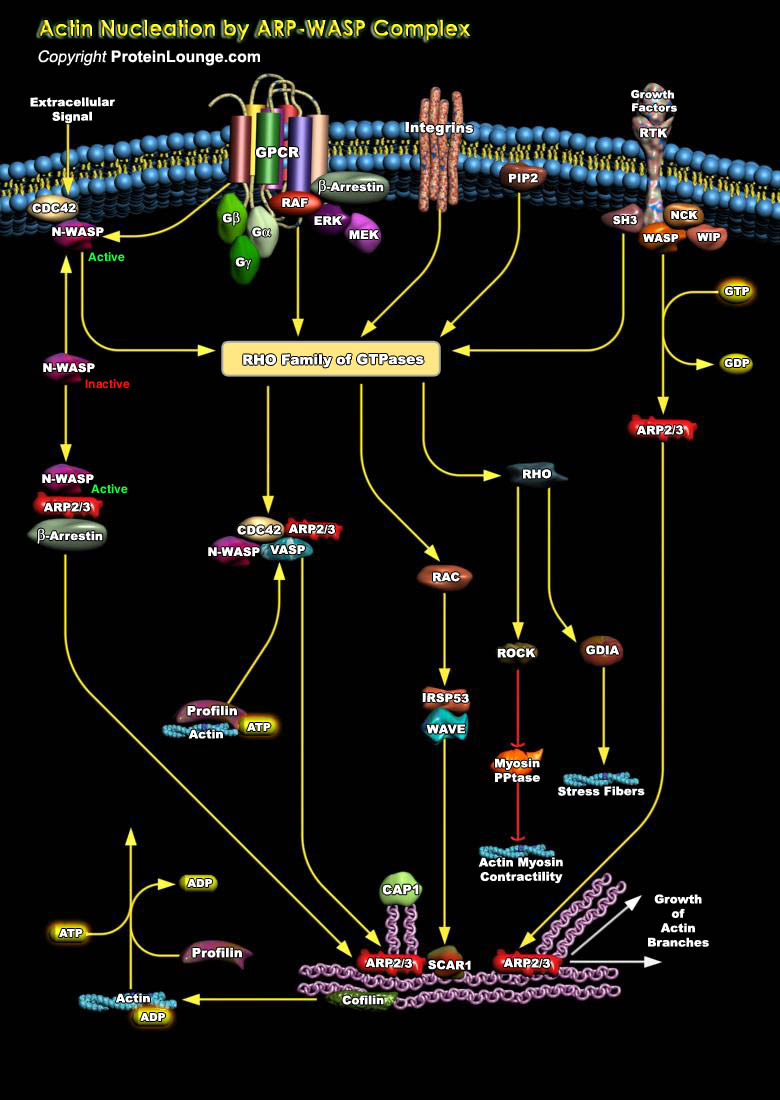
Actin Nucleation By ARP-WASP Complex For many cell types, the ability to move across a solid surface is fundamental to their biological function. Certain aspects of cell locomotion, such as the protrusion of the plasma membrane in lamellipodia and filopodia, are driven by the polymerization of actin cytoskeleton. The actin cytoskeleton is a dynamic filament network that is essential for cell[..]
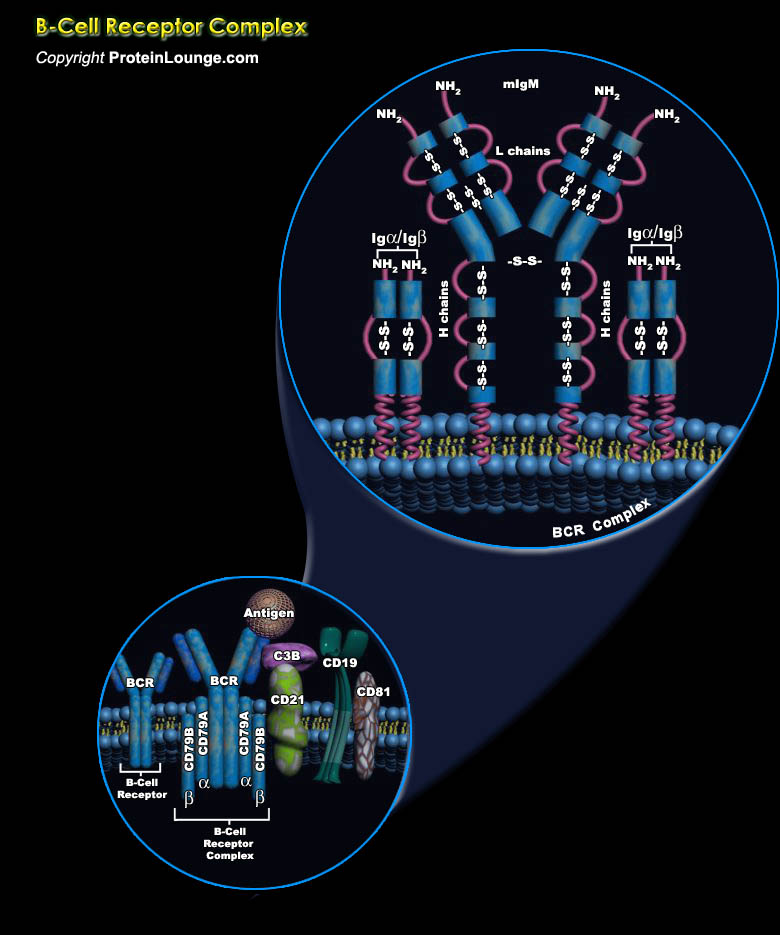
Lymphocytes are one of the five kinds of white blood cells or leukocytes, circulating in the blood. Although mature lymphocytes all look pretty much alike, they are extraordinarily diverse in their functions. The most abundant lymphocytes are: B-Lymphocytes (often simply called B-Cells) and T-Lymphocytes (likewise called T-Cells) [Ref.1]. B-Cells are not only produced in the bone marrow but also[..]
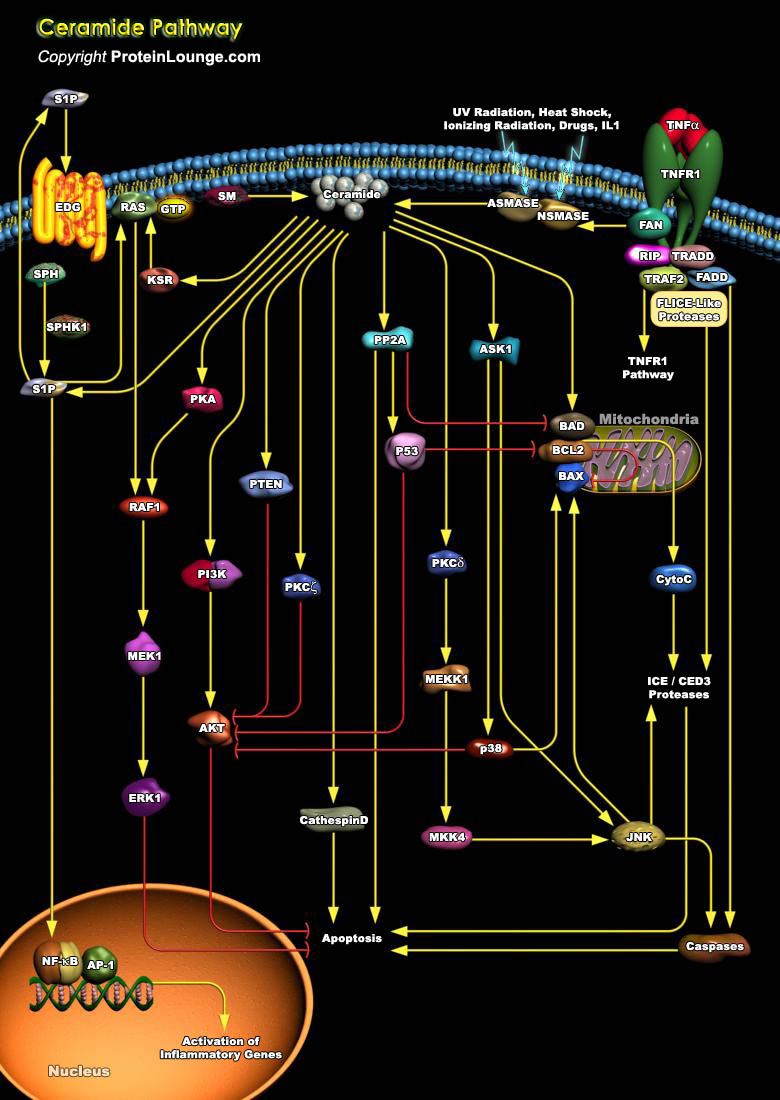
The SM (Sphingomyelin) pathway is an evolutionarily conserved stress response system linking diverse environmental stresses (Ultraviolet, Heat Shock, Oxidative Stress, and Ionizing Radiation) to cellular effector pathways. Ceramide is the second messenger in this system and can be generated either by hydrolysis of SM through SM-specific PLC (Phospholipase-C) termed SMases (Sphingomyelinases) or[..]

The ability of multicellular organisms to maintain cellular homeostasis is critically dependent on a balance between cell survival and cell death (apoptosis). The responsiveness of individual cells to death signals varies greatly depending on the presence of continuous survival cues from the extracellular environment. The perturbation of normal cell survival mechanisms, leading to an increase in[..]
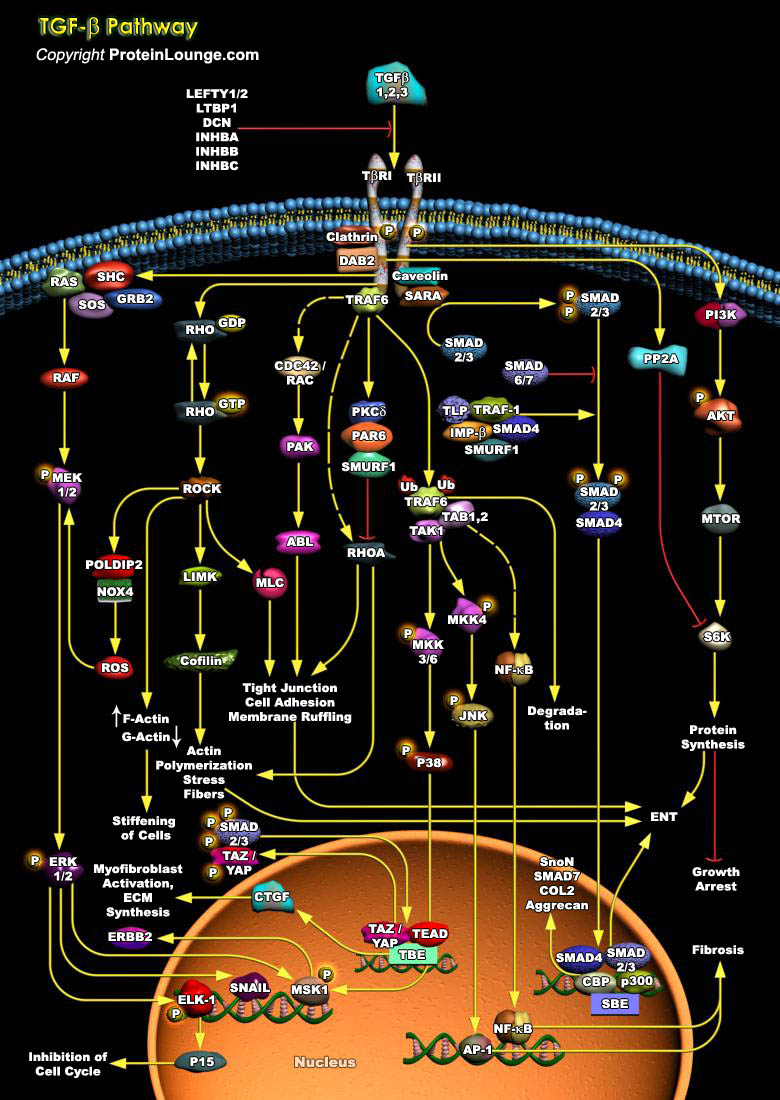
TGFB (Transforming growth factor-beta) is a multifunctional cytokine that regulates a wide variety of cellular functions, including cell growth, cellular differentiation, apoptosis, and wound healing. TGF-b signals are transmitted through two transmembrane serine/threonine kinase receptors TGFBR1 and TGFBR2 [Ref.1]. Initiation of the TGFB signaling cascade occurs upon ligand binding to TGFB[..]
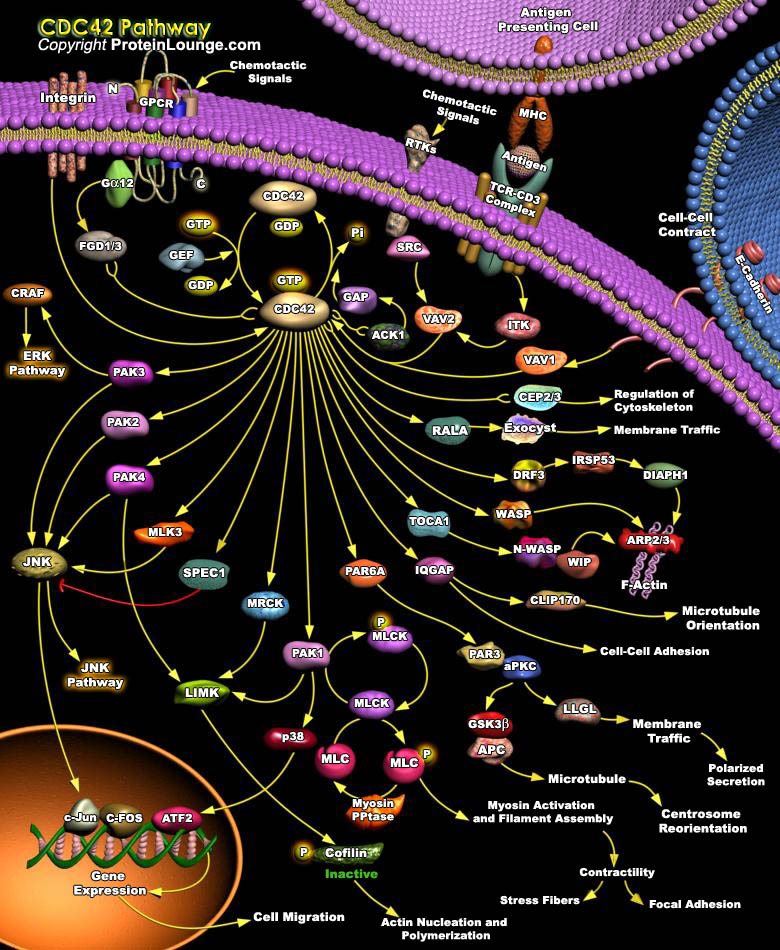
Dynamic regulation of the actin cytoskeleton underpins a multitude of cellular processes, from cell movement and polarization1,2 to cell division.3 The actin cytoskeleton and the proteins involved in its regulation are also fundamentally linked to endocytosis and membrane trafficking.4,5 Members of the Rho family of small GTPases have emerged as important overseers of the actin cytoskeleton and a[..]
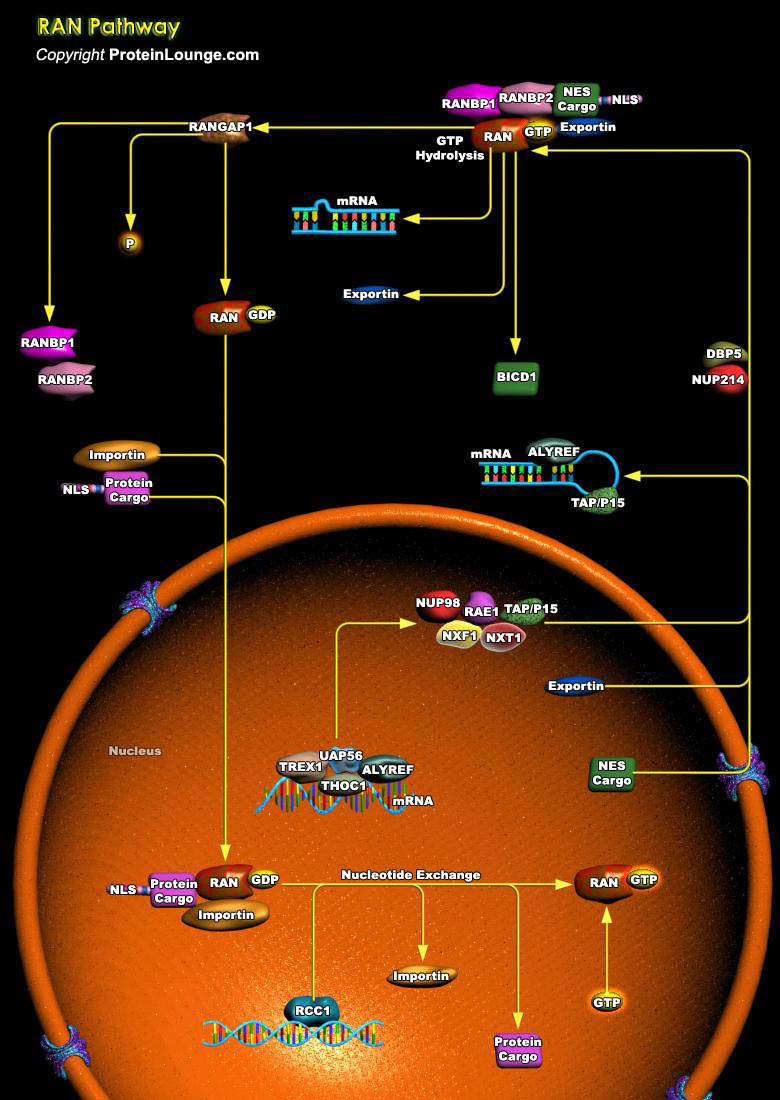
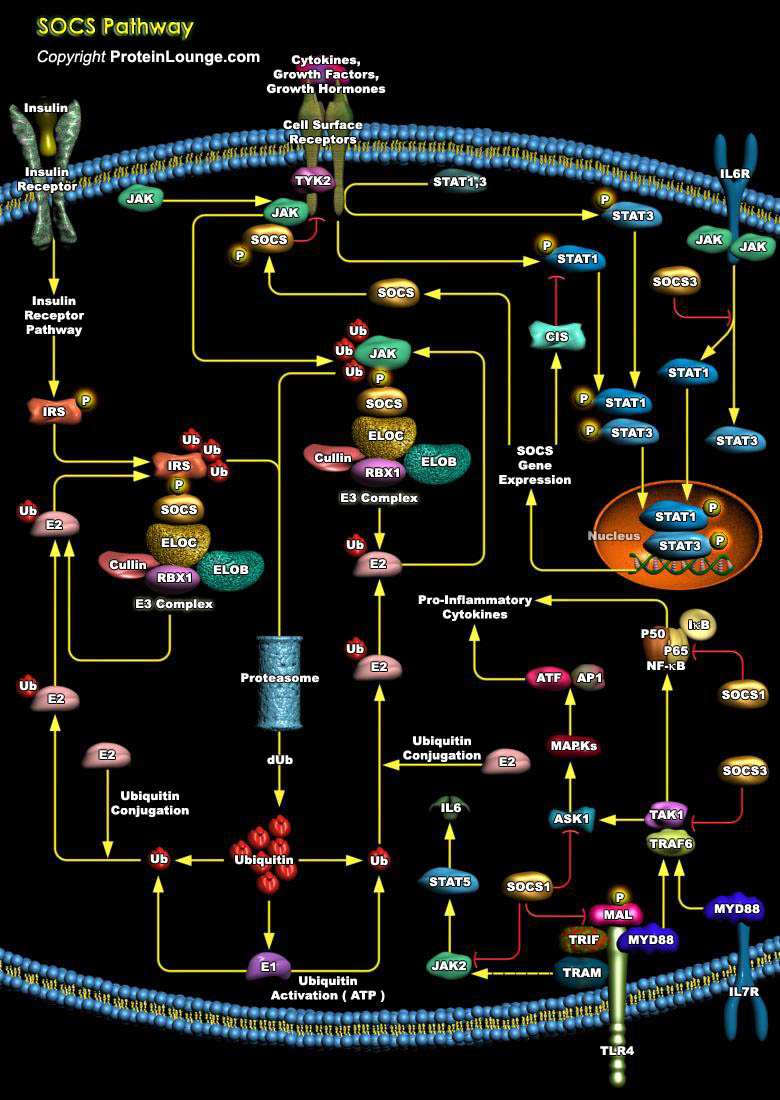
Our immune system is largely controlled by the action of pleiotropic cytokines and growth factors, small secreted proteins, which bind to receptors on the surface of immune cells to initiate an appropriate physiological response. The cellular response to cytokines and growth factors is predominantly executed by intracellular proteins known as the Janus kinases[..]









